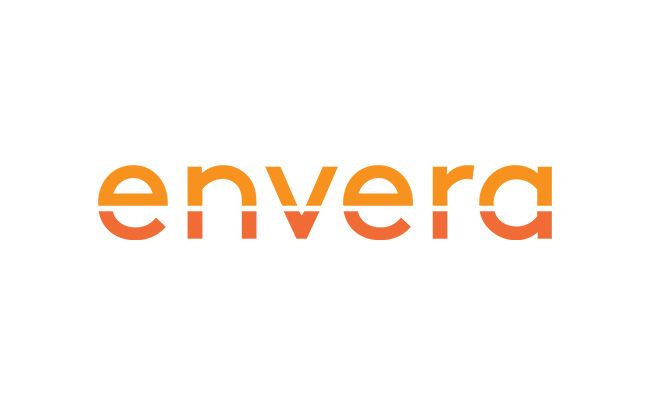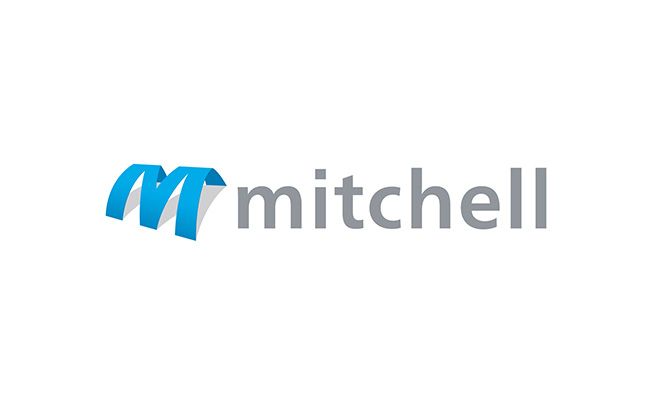CXOne Personal Connection
Introduction
In modern contact centers, every second matters. After-call work (ACW)—the time agents spend summarizing interactions and documenting outcomes—can account for up to 30% of an agent's shift. This manual effort reduces efficiency, increases error rates, and limits the number of customers served per hour.Call Summary Automation leverages AI to analyze call transcripts and generate structured summaries in real time or immediately post-interaction. These summaries can be inserted into CRM records, QA systems, or compliance logs without human input.This guide outlines how call summary automation works, its technical components, and how it drives operational performance, consistency, and agent satisfaction.What Is Call Summary Automation?
Call Summary Automation uses Natural Language Processing (NLP), generative AI, and speech analytics to generate human-readable summaries of voice or chat interactions between agents and customers. These summaries typically include:- Call purpose (intent)
- Issue resolution or outcome
- Next steps or follow-up actions
- Metadata (date, time, agent ID, case ID)
Why It Matters in Contact Centers
1. Reduces Agent After-Call Work (ACW)
Call wrap-up can take 30 to 90 seconds per call. Automating this process enables agents to move to the next interaction faster, increasing productivity and reducing labor cost per contact.Example: A contact center with 1,000 agents each handling 40 calls/day can reclaim ~550 agent hours per day with a 60-second ACW reduction.2. Increases Consistency and Accuracy
Human-generated summaries vary in tone, content, and thoroughness. AI-generated summaries follow consistent structure and ensure critical data is never omitted.Example: All summaries include the reason for call, product affected, and resolution—even if an agent forgets to document them.3. Accelerates Supervisor Review and QA
Standardized summaries make it easier for supervisors and QA teams to scan and assess interactions. NLP-driven summaries also improve searchability for compliance audits or coaching follow-ups.Example: Supervisors can filter interactions by summary keywords like “refund requested” or “subscription upgrade” for rapid review.4. Powers Analytics and Next-Best Action
When call summaries are structured (using tagged entities or key phrases), they feed into business intelligence dashboards, customer journey analytics, or automated workflows like re-engagement campaigns or case escalation.Technical Architecture
1. Audio Capture and Transcription Layer
First, voice data is transcribed using a low-latency ASR (automatic speech recognition) engine. For chats or digital interactions, text is captured directly.Transcription Quality Requirements:- Word Error Rate (WER) under 10%
- Real-time streaming with speaker separation
- Confidence scoring per token
- Custom vocabulary tuning
2. NLP + Summarization Engine
A combination of rule-based logic and Large Language Models (LLMs) is applied to extract intent, entities, resolution, and action items from the transcript.Model Types May Include:- Extractive summarization: Identifies key phrases from the transcript
- Abstractive summarization: Rephrases the transcript into natural language
- Entity recognition: Extracts product names, issue types, etc.
- Sentiment tagging: Adds context to resolution and tone
3. Summary Output Generator
Based on your configuration, summaries can be formatted as:- CRM-ready notes (Salesforce, Zendesk, ServiceNow)
- QA summaries for scoring
- Audit logs with timestamps and call IDs
- Follow-up task generators (e.g., case reopen, call back, escalation)
Output Formats:
- Free text
- Bullet points
- Structured JSON or XML for API use
- Custom tokens for templated responses (e.g., {{reason}}, {{resolution}})
4. Integration Layer
Final summaries are pushed automatically into downstream systems via:- REST APIs
- CRM plugins
- Webhooks
- Direct integrations with WEM, QA, and compliance tools
Common Implementation Challenges and Solutions
Persona-Based Benefits
For Agents
- Eliminate manual note-taking
- Reduce ACW per call
- Improve documentation consistency for coaching and follow-up
For Supervisors
- Get visibility into resolution trends
- Filter and search summaries for performance issues
- Use consistent data to support coaching sessions
For Compliance & QA Teams
- Audit summaries for required disclosures
- Confirm issue-resolution compliance (e.g., PCI/HIPAA adherence)
- Reduce variability across documentation
For Business Operations
- Use summary data for trend and journey analysis
- Automatically trigger escalations or NPS follow-up
- Feed VOC platforms with structured insights
Key KPIs to Monitor
Security and Governance Considerations
- Data Encryption: AES-256 for storage, TLS 1.3 in transit
- PII/PHI Handling: Use entity detection to mask redacted data
- Access Controls: Role-based visibility into summaries
- Audit Trails: Timestamped logs of summaries created, edited, or viewed
- LLM Compliance: Ensure summaries generated via AI are not stored outside your data region (especially for GDPR and HIPAA)





